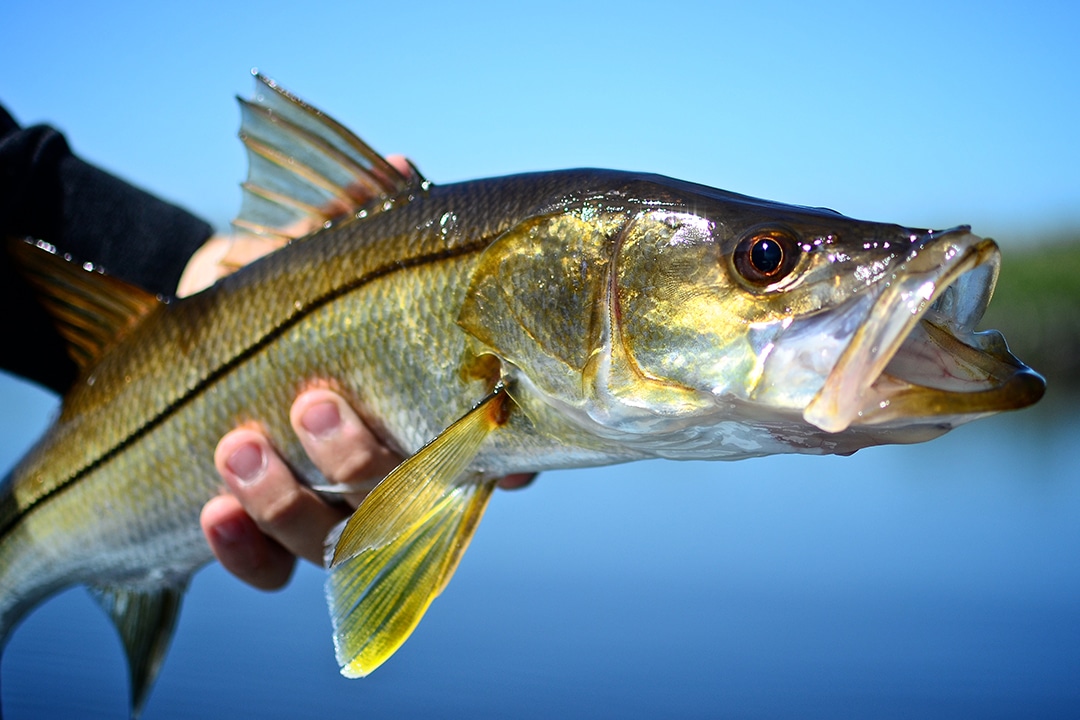How to Fish for Snook?

Fishing for snook is a popular pastime for many anglers, as these gamefish are known for their fighting spirit and enjoy eating them with their delicious flavor. If you’re interested in fishing for snook, there are several tips and techniques you can use to increase your chances of success. We’ll explore some of the best ways to fish for snook.
- Know the Habitat Snook are found in a variety of habitats, including mangrove shorelines, docks, bridges, and rocky points. Knowing where to find them is essential to a successful fishing trip. Look for areas with structure, such as rocks, oyster beds, or submerged logs, as these are prime feeding areas for snook.
- Use the Right Gear When fishing for snook, it’s essential to use the right gear. Use a medium-heavy spinning rod, preferably around 7-8 feet in length, with a high-quality reel and 30-50 lb braided line. Use a fluorocarbon leader of around 30-40 lb test to help prevent the fish from breaking off.
- Choose the Right Bait Snook are opportunistic feeders and will eat a variety of baits, including live baitfish, shrimp, and artificial lures. Choose bait that mimics the natural prey of snook, such as mullet or pilchards. Jigs and topwater plugs are also effective artificial baits for snook.
- Fish at the Right Time Snook are most active during the early morning and late afternoon hours, so it’s best to plan your fishing trip during these times. Fishing during the incoming tide can also increase your chances of success, as this brings fresh bait and nutrients to the area.
- Be Patient Fishing for snook requires patience and persistence. Snook can be finicky feeders, so it may take some time to entice them to bite. Be prepared to try different baits and techniques until you find what works.
Fishing for snook can be a rewarding and exciting experience for anglers of all skill levels. By knowing where to find them, using the right gear and bait, fishing at the right time, and being patient, you can increase your chances of landing a trophy snook. Remember to always practice catch-and-release to help conserve this valuable gamefish for future generations.
